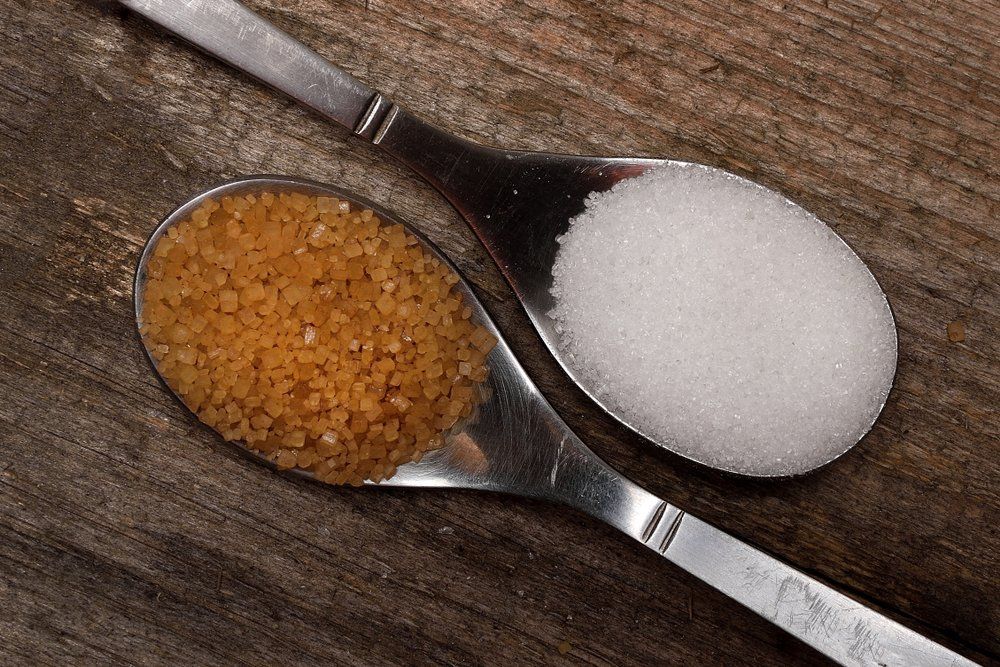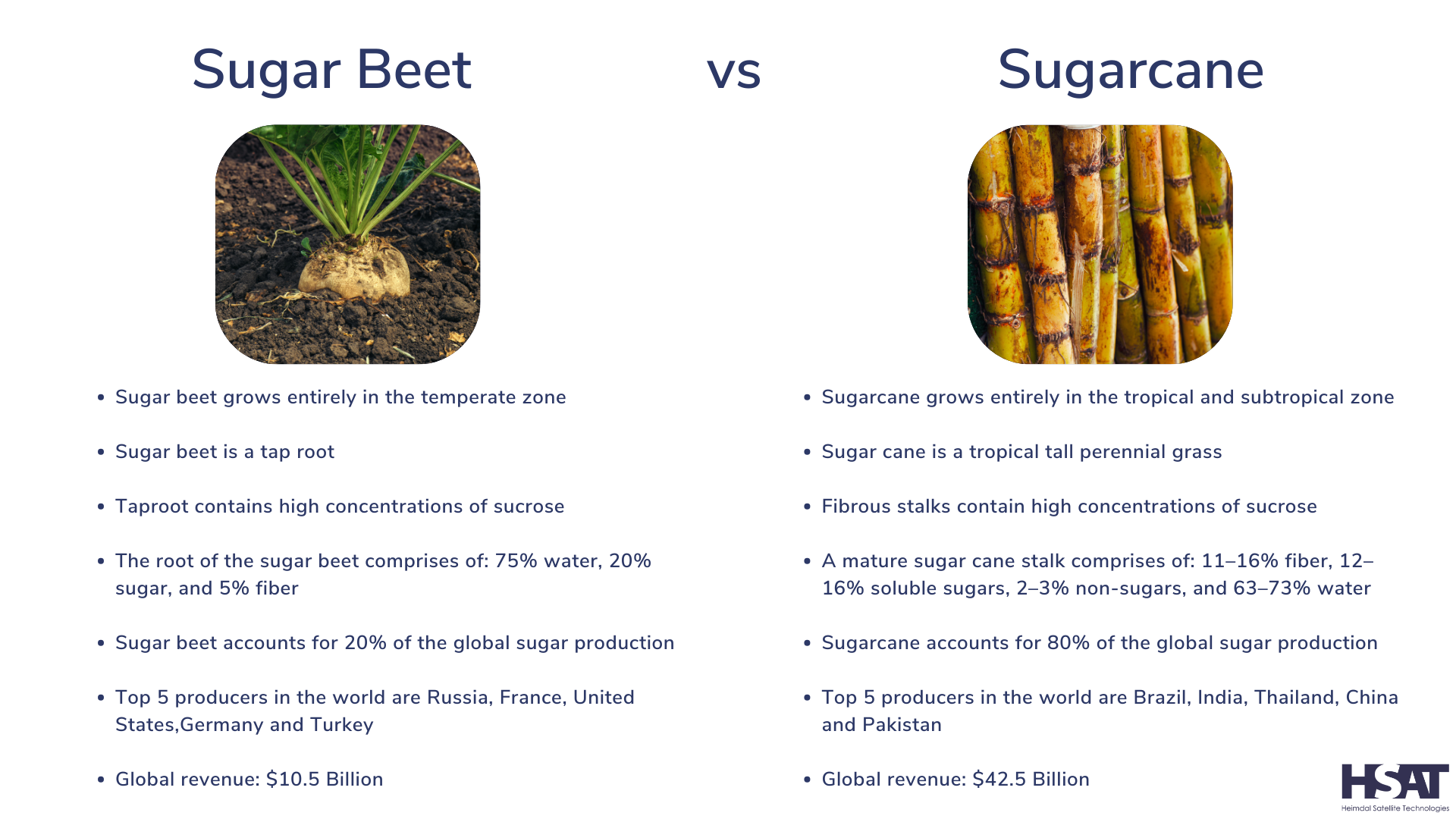Beet Sugar vs Cane: Which One Is More Common in Everyday Food Products?
Beet Sugar vs Cane: Which One Is More Common in Everyday Food Products?
Blog Article
The Terrific Dispute: Beet Sugar Vs Walking Stick and Their Impact on Health And Wellness
The recurring argument surrounding beetroot sugar and walking stick sugar raises essential questions regarding their particular wellness influences and wider ramifications for customer options. This discussion welcomes us to think about not simply the sweetness we choose, yet the far-reaching effects of those selections on our health and wellness and the earth.
Introduction of Sugar Sources
Sugar, an extensively consumed sugar, mainly stems from two primary resources: sugar beets and sugar cane. These crops are cultivated in different regions worldwide, each adding to the international sugar supply in distinct ways. Sugar walking cane thrives in subtropical and exotic climates, with major manufacturers including Brazil, India, and China. The plant is collected for its stalks, which are then processed to remove juice and crystallize sugar.
On the other hand, sugar beetroots are primarily expanded in temperate regions, with substantial production in countries such as the USA, France, and Germany. The beets are gathered from the ground, cut, and subjected to a procedure that converts the removed juice into granulated sugar. While both sugar resources inevitably generate sucrose, their agricultural practices, processing methods, and geographic circulations differ noticeably.
These distinctions can influence not just the ecological influence of sugar production but likewise the economic facets of sugar prices and profession. Understanding the origins of these sugar is important for policymakers and customers alike, as it lays the foundation for educated conversations about their wellness implications and sustainability.
Nutritional Comparison
When examining the dietary accounts of beetroot sugar and walking stick sugar, both resources share a comparable structure as they largely include sucrose. Sucrose is a disaccharide, composed of sugar and fructose, and is accountable for the sweet taste connected with both sugars. The refining procedures for both beetroot and walking cane sugar return products that are mainly pure sucrose, with very little traces of vitamins, minerals, or other nutrients.
In terms of calorie web content, both beetroot and walking cane sugars provide approximately 4 calories per gram. Neither kind of sugar offers substantial nutritional benefits beyond energy arrangement, as they lack crucial vitamins or minerals. The presence of trace elements, such as magnesium, potassium, and calcium, can vary slightly in between the two, mostly due to the farming methods and soil problems in which they are grown.
In addition, the glycemic index worths of beet sugar and walking cane sugar are comparable, indicating similar results on blood sugar levels. In general, from a nutritional point ofview, beet and cane sugars are functionally equal, contributing mostly to caloric consumption without using substantial wellness benefits over each other.
Health And Wellness Implications
The wellness implications of consuming beet sugar and walking cane sugar warrant careful factor to consider, especially provided the increasing frequency of sugar-related health problems. Both sorts of sugar add comparable caloric worths and can result in boosted risks of obesity, type 2 diabetes mellitus, and cardio conditions when eaten in extra. The body metabolizes both sugars right into sugar, which can trigger spikes in blood sugar level degrees, bring about insulin resistance with time.
While there is ongoing discussion concerning the glycemic index of these sugars, research studies recommend that both can negatively influence metabolic wellness if eaten in large amounts. beet dig this sugar vs cane. In addition, the potential existence of pollutants in beetroot sugar, such as chemicals from standard farming techniques, increases additional health and wellness concerns. Conversely, walking stick sugar, particularly when minimally processed, might use a somewhat extra positive profile as a result of its natural state
Moreover, the consumption of sugarcoated, despite the source, is connected to negative health outcomes, consisting of oral concerns and fatty liver illness. For that reason, moderation is vital, and individuals should be mindful of their total sugar consumption from all sources, inevitably prioritizing whole foods over sugarcoated for ideal health and wellness outcomes.
Environmental Effect
Comprehending the health and wellness effects of beet and walking stick sugar also brings about an exam of their ecological impact, which can significantly influence farming sustainability and ecological balance. Both sugar resources have unique ecological footprints, shaped by their growing methods and geographical demands.

In contrast, beet sugar is usually expanded in pleasant climates and often includes varied crop turnings. This method can enhance soil health and wellness and lower dependence on chemical inputs. Nevertheless, intensive beetroot farming can also lead to vitamins and mineral deficiency and bug stress otherwise managed sustainably.
Both sugar kinds present difficulties and chances for environmental stewardship. Promoting lasting agricultural practices and liable sourcing can mitigate their effects, making sure that sugar production straightens with environmental preservation and lasting food protection.
Consumer Preferences
In the middle of expanding awareness of health and environmental problems, consumer choices for sugar types are increasingly influenced by perceptions of health benefits, sustainability, and moral sourcing. Beetroot sugar and walking cane sugar each present one-of-a-kind qualities that interest different customer demographics.
Health-conscious consumers typically look at the nutritional accounts of these sugars, looking for choices perceived as much less processed or even more all-natural. Walking cane sugar, typically considered the standard sweetener, is sometimes favored for its perceived pureness and simplicity. On the other hand, beetroot sugar, which is regularly originated from genetically modified crops, deals with skepticism among site here those concerned concerning GMOs.
Sustainability is one more substantial factor influencing customer choices. As awareness of farming techniques grows, many consumers go with items that align with eco-friendly farming methods. Cane sugar production, specifically when sourced from sustainable farms, can hop over to here interest eco-conscious purchasers.
Ethical sourcing plays a vital duty also, with consumers increasingly favoring products that support reasonable labor methods. Certifications such as Fair Profession can improve the beauty of walking stick sugar on the market. Eventually, consumer preferences are formed by a complicated interaction of health, ecological, and moral considerations, driving demand for both beetroot and walking cane sugars in varied markets.
Final Thought
In conclusion, the argument in between beetroot sugar and walking cane sugar encompasses numerous factors, consisting of nutritional profiles, health ramifications, and ecological consequences. beet sugar vs cane. While both sugars mostly include sucrose and display comparable calorie web content, concerns regarding pesticide use in beet sugar and the environmental impact of walking cane sugar monoculture warrant cautious consideration. As customers significantly prioritize sustainability and wellness, notified choices relating to sugar consumption become important in promoting general wellness and ecological stewardship

Report this page